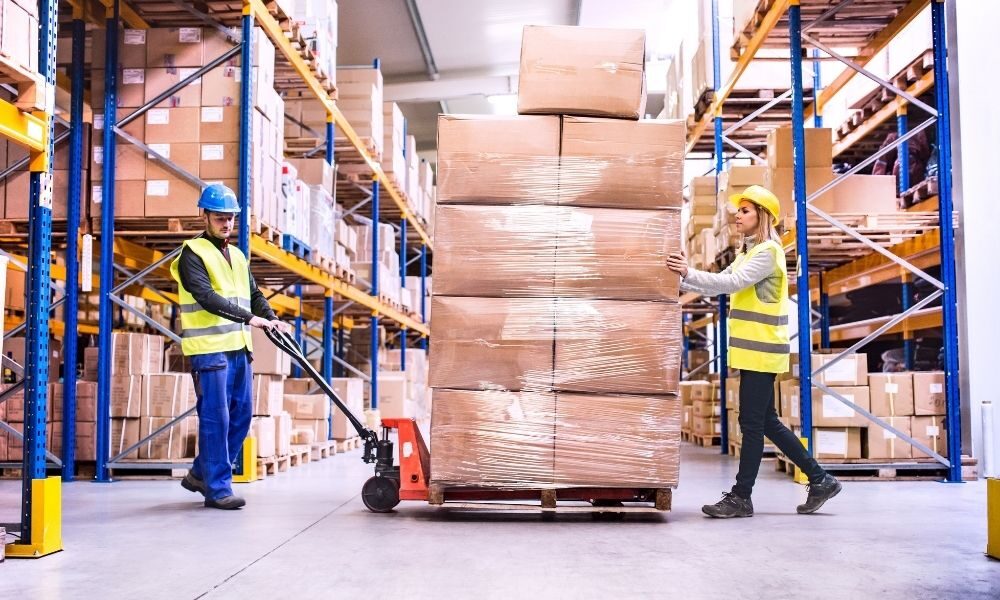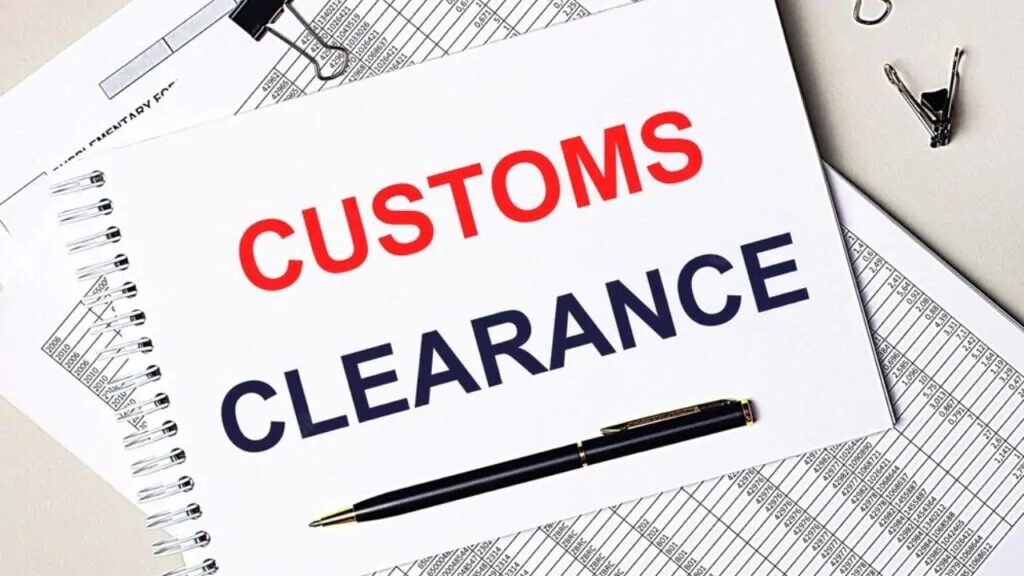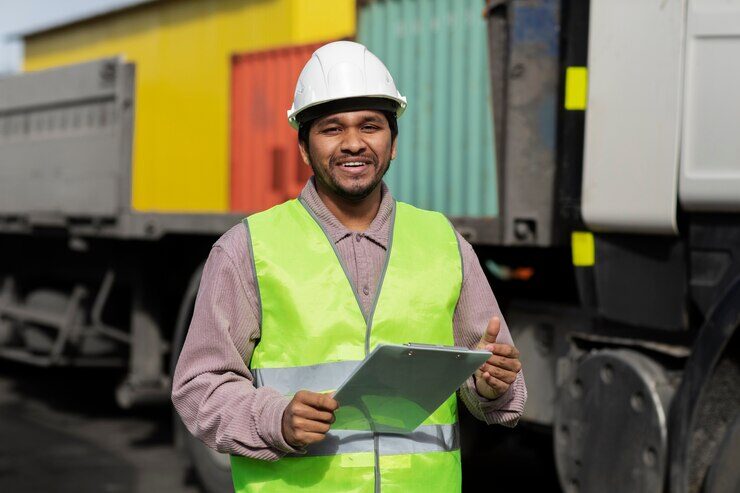China is the world’s largest exporter of goods, and many businesses around the world rely on importing products from China to meet their needs. Latvia, a small Baltic country in Northern Europe, is one of the destinations for Chinese exports. If you are an importer who wants to ship products from China to Latvia, you need to know the benefits, the process, the methods, the regulations, and the best practices of doing so.
Benefits of importing products from China

There are many reasons why importing products from China can be beneficial for your business. Some of the main benefits are:
- Cost savings: China has a large and competitive manufacturing sector that can offer lower prices than other countries. You can save on production costs, labor costs, and material costs by sourcing products from China.
- Variety and quality: China produces a wide range of products, from electronics to clothing, from furniture to toys. You can find almost anything you need in China, and you can also customize your products according to your specifications. China has also improved its quality standards and regulations over the years, and many Chinese products meet international standards and certifications.
- Market potential: China has a huge and growing domestic market, as well as access to other markets in Asia, Europe, and Africa. By importing products from China, you can tap into these markets and expand your customer base. You can also benefit from the trade agreements and preferential tariffs that China has with many countries, including Latvia.
Understanding the shipping process from China to Latvia

The shipping process from China to Latvia involves several steps and parties. Here is a general overview of the process:
- Step 1: You place an order with a supplier in China and agree on the terms and conditions of the contract, such as the price, the quantity, the delivery time, the payment method, and the incoterms.
- Step 2: The supplier prepares the products and the required documents, such as the invoice, the packing list, the certificate of origin, and the bill of lading or the air waybill.
- Step 3: The supplier arranges the transportation of the products from their factory to the port or airport of departure in China, either by themselves or by hiring a freight forwarder.
- Step 4: The products are loaded onto a container or a pallet and shipped by sea or air to the port or airport of arrival in Latvia, either directly or via a transit point.
- Step 5: The products are cleared by the customs authorities in Latvia and the applicable duties and taxes are paid, either by you or by your customs broker.
- Step 6: The products are delivered to your warehouse or your customer’s address in Latvia, either by the carrier or by your local logistics partner.
Choosing the right shipping method for your products

There are two main shipping methods for importing products from China to Latvia: sea freight and air freight. Each method has its own advantages and disadvantages, and you need to consider several factors before choosing the best option for your products. Some of the factors are:
- The size and weight of your products: Sea freight is more suitable for large and heavy products, as it can offer more space and lower costs per unit. Air freight is more suitable for small and light products, as it can offer faster delivery and less handling.
- The value and nature of your products: Sea freight is more suitable for low-value and durable products, as it has lower risks of damage and theft. Air freight is more suitable for high-value and perishable products, as it has higher security and freshness.
- The lead time and urgency of your products: Sea freight is more suitable for products that have a long lead time and are not time-sensitive, as it can take several weeks or months to ship from China to Latvia. Air freight is more suitable for products that have a short lead time and are time-sensitive, as it can take several days or hours to ship from China to Latvia.
- The shipping cost and budget of your products: Sea freight is more suitable for products that have a low shipping cost and a tight budget, as it is cheaper than air freight. Air freight is more suitable for products that have a high shipping cost and a flexible budget, as it is more expensive than sea freight.
Customs regulations and documentation requirements

When importing products from China to Latvia, you need to comply with the customs regulations and documentation requirements of both countries. Some of the main regulations and documents are:
- Customs declaration: You need to declare the details of your products, such as the description, the quantity, the value, the origin, and the tariff code, to the customs authorities in Latvia. You can do this online or through a customs broker.
- Import duty and tax: You need to pay the applicable import duty and tax for your products, based on the tariff code, the value, and the origin of your products. The import duty rate for products from China to Latvia ranges from 0% to 25%, depending on the product category and the trade agreement. The value-added tax (VAT) rate for products from China to Latvia is 21%, based on the value of your products plus the import duty. You can check the duty and tax rates for your products on the European Union TARIC database.
- Import license and certificate: You may need to obtain an import license and certificate for your products, depending on the product category and the regulations of Latvia. Some of the products that require an import license and certificate are: animals and animal products, plants and plant products, food and beverages, pharmaceuticals and medical devices, chemicals and hazardous substances, weapons and explosives, and cultural goods. You can check the import license and certificate requirements for your products on the Latvian Customs website.
Finding reliable suppliers in China

One of the most important steps in importing products from China to Latvia is finding reliable suppliers in China. There are many ways to find and verify suppliers in China, such as:
- Online platforms: You can use online platforms, such as Alibaba, Global Sources, Made-in-China, and DHgate, to search for and contact suppliers in China. You can filter the suppliers by product category, location, certification, and rating, and you can also request for quotations, samples, and references from the suppliers.
- Trade shows: You can attend trade shows, such as the Canton Fair, the China Import and Export Fair, and the China International Import Expo, to meet and network with suppliers in China. You can see the products, the prices, and the quality of the suppliers, and you can also negotiate and place orders with the suppliers.
- Trade associations: You can join trade associations, such as the China Chamber of Commerce for Import and Export of Machinery and Electronic Products, the China Chamber of Commerce for Import and Export of Textiles, and the China Chamber of Commerce of Foodstuffs and Native Produce, to access the information and resources of the suppliers in China. You can also get recommendations and referrals from the trade associations.
- Inspection agencies: You can hire inspection agencies, such as SGS, Bureau Veritas, and Intertek, to verify the credentials and capabilities of the suppliers in China. You can also ask the inspection agencies to conduct audits, tests, and certifications for the suppliers.
Negotiating pricing and terms with suppliers

Another important step in importing products from China to Latvia is negotiating pricing and terms with suppliers. You need to consider several factors before negotiating with suppliers, such as:
- The market price and the cost structure of your products: You need to research the market price and the cost structure of your products, such as the material cost, the labor cost, the overhead cost, and the profit margin, to have a realistic and reasonable expectation of the price. You can also compare the prices of different suppliers and use them as a reference.
- The quantity and the quality of your products: You need to determine the quantity and the quality of your products, and communicate them clearly to the suppliers. You can also ask for discounts or incentives for bulk orders or long-term contracts, and you can also request for samples or prototypes to check the quality of the products.
- The payment method and the currency of your products: You need to decide the payment method and the currency of your products, and negotiate them with the suppliers. You can choose from various payment methods, such as bank transfer, letter of credit, escrow, and PayPal, and you can also choose from various currencies, such as US dollars, euros, or Chinese yuan. You need to consider the convenience, the security, and the exchange rate of the payment method and the currency.
- The incoterms and the delivery time of your products: You need to select the incoterms and the delivery time of your products, and negotiate them with the suppliers. You can choose from various incoterms, such as EXW, FOB, CIF, and DDP, and you need to understand the responsibilities and the risks of each incoterm. You also need to agree on the delivery time of your products, and set a realistic and achievable deadline.
Ensuring product quality and conducting inspections
A crucial step in importing products from China to Latvia is ensuring product quality and conducting inspections. You need to take several measures to ensure the product quality and conducting inspections. You need to take several measures to ensure the product quality and conduct inspections, such as:
- Setting quality standards and specifications: You need to set clear and measurable quality standards and specifications for your products, and communicate them to the suppliers. You can also refer to the international standards and certifications, such as ISO, CE, and RoHS, and require the suppliers to comply with them.
- Conducting pre-shipment inspection: You need to conduct a pre-shipment inspection before the products are shipped from China to Latvia, to verify the quantity, the quality, the packaging, and the labeling of the products. You can either visit the supplier’s factory yourself, or hire a third-party inspection agency, such as SGS, Bureau Veritas, or Intertek, to do the inspection for you.
- Conducting post-shipment inspection: You need to conduct a post-shipment inspection after the products arrive in Latvia, to check the condition, the functionality, and the compliance of the products. You can either inspect the products yourself, or hire a local inspection agency, such as TUV, Dekra, or Eurofins, to do the inspection for you.
- Requesting for warranty and after-sales service: You need to request for warranty and after-sales service from the suppliers, in case of any defects, damages, or issues with the products. You need to negotiate the warranty terms and conditions, such as the duration, the coverage, and the compensation, and the after-sales service options, such as the repair, the replacement, and the refund, with the suppliers.
Managing logistics and tracking shipments

The final step in importing products from China to Latvia is managing logistics and tracking shipments. You need to handle several aspects of logistics and tracking shipments, such as:
- Choosing a freight forwarder or a carrier: You need to choose a freight forwarder or a carrier to handle the transportation of your products from China to Latvia, either by sea or air. You can either use the freight forwarder or the carrier recommended by the supplier, or you can find your own freight forwarder or carrier, based on the price, the service, and the reputation. You need to compare the quotes, the schedules, and the reviews of different freight forwarders or carriers, and choose the best one for your products.
- Arranging the insurance and the cargo security: You need to arrange the insurance and the cargo security for your products, to protect them from any risks or losses during the transportation. You can either use the insurance and the cargo security provided by the freight forwarder or the carrier, or you can purchase your own insurance and cargo security, based on the value, the nature, and the destination of your products. You need to check the coverage, the exclusions, and the claims process of the insurance and the cargo security, and choose the best one for your products.
- Tracking the shipment status and the location: You need to track the shipment status and the location of your products, to monitor the progress and the performance of the transportation. You can either use the tracking system provided by the freight forwarder or the carrier, or you can use a third-party tracking platform, such as 17track, Parcel Monitor, or Track24, to track your products. You need to check the tracking number, the estimated delivery time, and the current location of your products, and update yourself and your customers accordingly.





